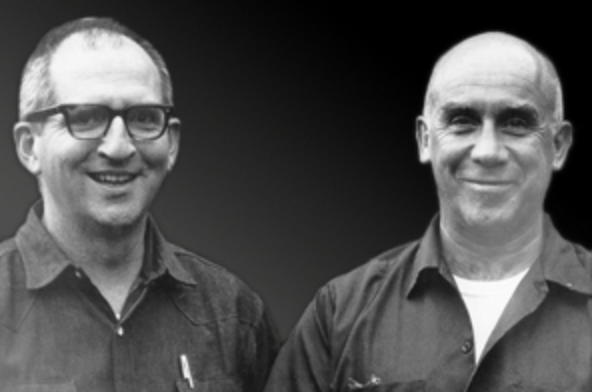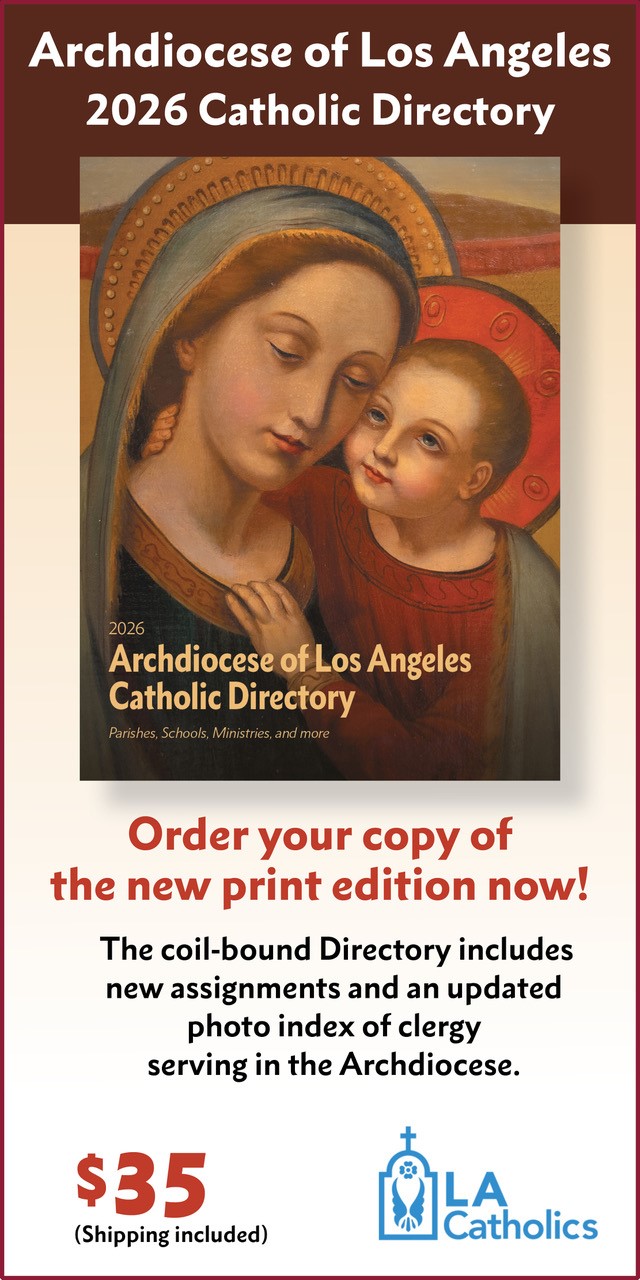When the news of Thomas Merton’s death arrived at the Abbey of Gethsemani, his secretary and friend, Brother Patrick Hart, became the keeper of thousands of Merton’s unpublished letters, journals, and manuscripts. It now fell to Brother Patrick to find a way to make good on the signed book contracts, respond to all the unanswered correspondence, and preserve the vision. And although he was not widely known outside of Catholic circles, Brother Patrick would, from that moment forward, become the chief architect of Thomas Merton’s stature and reputation after 1968.
Over the next 50 years, Brother Patrick shaped Merton’s standing as one of the two great prophets of modern contemplative practice. He collected Merton’s writings on Lectio Divina, the Patristic Age, early monasticism, the English Mystics, Russian Orthodoxy, the Shakers, Sufism, Zen, Protestant monastic communities, Social Justice, and Tibetan Buddhism into one long, multi-volume reflection on the ways different traditions pursue the highest levels of religious awareness. The publication of Merton’s correspondence alone — a vast record of his conversations with thinkers and artists from many different schools of thought and ways of living — reshaped our understanding of Merton’s place in intellectual history — freeing Merton from his parochial doghouse and demonstrating the depth of contemplative Christianity — not only to the Catholic Church, but to the entire world.
Of all Thomas Merton's many visitors at Gethsemani, Brother Patrick found Jean Leclercq (author of “The Love of Learning and the Desire for God”) the most interesting. An unassuming man, Leclercq shared Merton’s vision of a 20th century monastic renewal where the devotional reading of scripture would replace the conflict of interpretation dominating contemporary Biblical hermeneutics — and, by extension, help stop the world from plunging into a Babel of conflicting doctrines, dogmas, and creeds.
In a 2004 interview with Sister Mary Margaret (Meg) Funk OSB — then Executive Director of the North American Commission of Monastic Inter-religious Dialogue — asked Brother Patrick “a broad but basic question.”
“In a nutshell, what do you think is Merton’s legacy for monasticism?”
Brother Patrick answered: “Maybe, that you have to trust your inner life, your innermost self, as you appear before God. Merton was always very strong on this idea of living from the deepest self, the true self, rather than the empirical ego or the external self, the social self. This means that you live as you stand naked before God. I think that’s what he would say. He would tell us to listen from the heart and to live a simple, honest life, united to God and one another.”
Later in that same interview, Brother Patrick suggested that, perhaps, Merton had a stronger following among the laity than he ever did among the clergy — especially those inspired by his writings on Lectio Divina as a devotional practice. “Conjectures of a Guilty Bystander,” Brother Patrick claimed, was one of Merton’s most representative works — citing Merton’s famous observation taken from page 12 of that book, “If I can unite in myself the thought and the devotion of Eastern and Western Christendom, the Greek and the Latin Fathers, the Russians with the Spanish mystics, I can prepare in myself the reunion of divided Christians. From that secret and unspoken unity in myself can eventually come a visible and manifest unity of all Christians.”
When asked if he thought Merton himself would be pleased with his legacy, Brother Patrick replied, “Well, he’d be embarrassed by it, but secretly happy. But you have to be able to see all sides of him. Some of the people in the peace movement thought that we were not sufficiently portraying Merton as a peace activist. He was that, but there was a whole other side to the man, as in the book that I most enjoyed editing, ‘The School of Charity.’ This dealt with the life that he considered the most important and that he was closest to, the monastic. His letters on the monastic experience and on spiritual direction are the main themes of that book. And another volume of his letters, ‘The Hidden Ground of Love,’ is also very good.”
‘The Hidden Ground of Love,’ let it be said, is a large collection of Merton’s letters edited by William H. Shannon on religious experience and social concerns.
In addition to all editing “The Asian Journal of Thomas Merton,” “The Monastic Journey," "The School of Charity,” “Survival or Prophecy: The Letters of Thomas Merton and Jean Leclercq,” and Thomas Merton/Monk: A Monastic Tribute, which won the Catholic Press Association’s Religious Book Award in 1974, Brother Patrick also helped to establish The Merton Center at Bellarmine College to aid students and scholars writing about Merton, and worked with Robert Daggy and William Shannon to launch The International Thomas Merton Society. He was also a writer in his own right — publishing essays in Cistercian Studies Quarterly, a periodical he eventually edited.
In the sometimes topsy-turvy world of theological controversies and Merton scholarship, Brother Patrick Hart was a rock of clarity, compassion, and common sense — protecting Merton’s writings and the integrity of contemplative Catholicism from the would-be usurpers, slanderers, and uninformed. His was the delicate vocation of a literary apostle and humble monk. May he rest in peace.
Robert Inchausti is the author of “Thomas Merton’s American Prophecy, Subversive Orthodoxy et al,” and editor of “Hard to Be a Saint in the City: The Spiritual Vision of the Beats,” and “The Pocket Thomas Merton.”
Start your day with Always Forward, our award-winning e-newsletter. Get this smart, handpicked selection of the day’s top news, analysis, and opinion, delivered to your inbox. Sign up absolutely free today!

